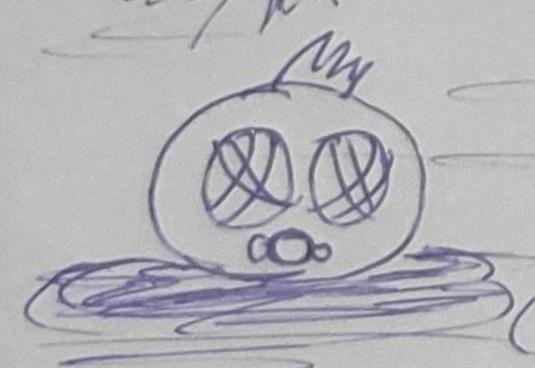My last post unless there are questions.
This is what I know and speculate.
It is simple enough.
r1=800 r2=96 r3=50 r4=12
{T} {D}
1/((1/800)+(1/96))=85.714286 {1/((1/800)+(1/96))}
or
{D} {T} {next T}
[1/ ((96*(1/800))+1)]*96=85.714286
next
1/((1/85.714286)+(1/50))=31.578947 {1/((1/800)+(1/96)+(1/50))}
or
[1/ ((50*(1/85.714286))+1)]*50=31.578947
next
1/((1/31.578947)+(1/12))=8.6956522 == effective r {1/((1/800)+(1/96)+(1/50)+(1/12))}
or
[1/ ((12*(1/31.578947))+1)]*12=8.6956522 == effective r
True or Faulse ?? ^^
now
[1/ ((96*(1/800))+1)]=0.892857 always a % of r.
ie, 96*0.892857 =T
So the % can relate to an angle. ie;A=atn(%)
Note: Nothing has changed except my logic. T=96*tan(A)
True or Faulse ?? ^^
*********************************************************************************
What are my possable back tracking formula?
T=R*% vs R=T*(1/%)
T=R*tan(A) vs R=T*(1/tan(A))
last T=1/((1/tan(A))-1)*R vs last T= 1/((1/%)-1)*R
A=atn(T/R) vs %=T/R
True or Faulse ?? ^^
'********************************************************************************
How do I back track the entire thing?
A=final A==35.928502
T=final T==0.892857
R=T*(1/tan(A))=12
last T=1/((1/tan(A))-1)*R == 31.578947
last A= unk
last R= unk
back track ended.
True or Faulse ?? ^^
'*******************************************************************************
Wait I have last T so if I get last A I can continue back track
ie;last R=last T*(1/tan(last A))
'@@@@ A little abstract logic to pass last A
'********************************************************************************
Frq of resonance = 1/(sqr(L*c)*(2*Pi))
if R is always an interiger and I tack (1/T) as the fraction I maintain R and T
if I create c with R and L with A and replace T with F then I can still back track int(R) ???
note: My focuse is on R so I care not that T is F
R=R+(1/T)
c=1/(R*(2Pi)^2)
L=A*(1/((2Pi)^2)
F=1/(sqr(L*c)*(2*Pi)) T=((1/R)+1/F))
last F=1/((1/tan(A))-1)*R
L= sqr((1/F)/(2*Pi))/c
last A=L*((2Pi)^2)
last R=last F*(1/tan(last A)) R=int(R)
note {in theory} there is an accumulated accuracy problem.
{in theory} I can back track.
True or Faulse ?? ^^
'********************************************************************************
Due to the inter action of R,T,and F
R and A are unique so the sum of ((1/R)+(1/T)) is unique.
This is the relative address.
It doesn't have to be accurate,just unique to the input.
True or Faulse ?? ^^
'*******************************************************************************
if each address is unique then the total,gain,and loss of a group of addresses is unique.
note leave addresses as fractions.
such that; addr1+addr2+addr3==:total is fraction
ie; ((1/addr1)+(1/addr2)+(1/addr3))=total is fraction
The primary logic now is total=(gain+loss), gain=total-loss,and loss=total-gain.
P<0
H>0
total=addrT == P<0 and H>0
gain=addrG == P<0 H>0
loss=addrL == and
one possable redirect.
relitive redirect depended of the relation defined {ie function relation(,,,) }
total=addrT+addrT2 == P<0 and H>0 Quadrent2
gain=addrG == Quadrent2
loss=addrL == P<0 and H>0
think?? if T=val(word$(stream$,addrn) then print word$(target$,addrx)
The question is;
Is this a tool to deal with real logic, not formulated logic??







